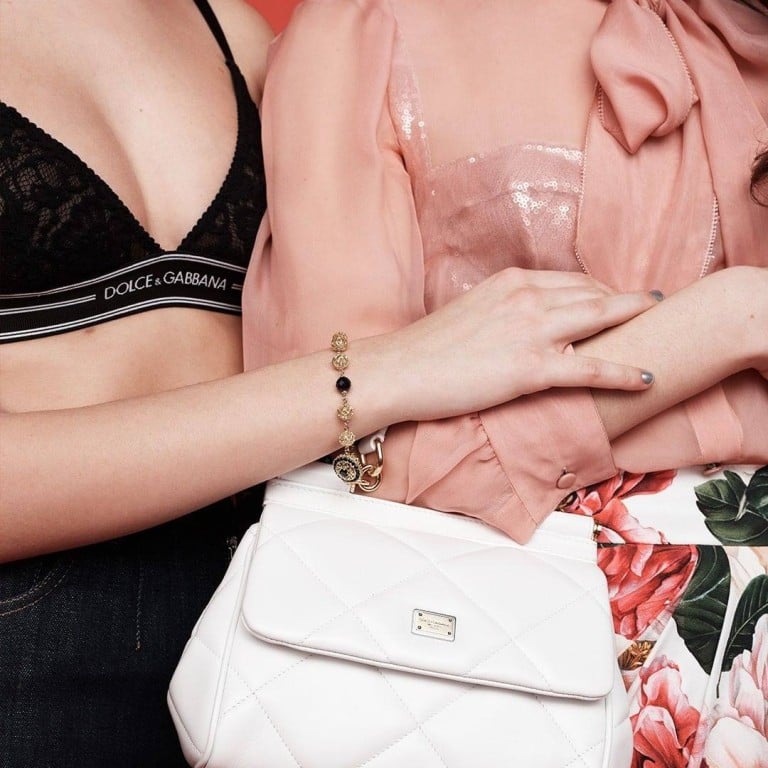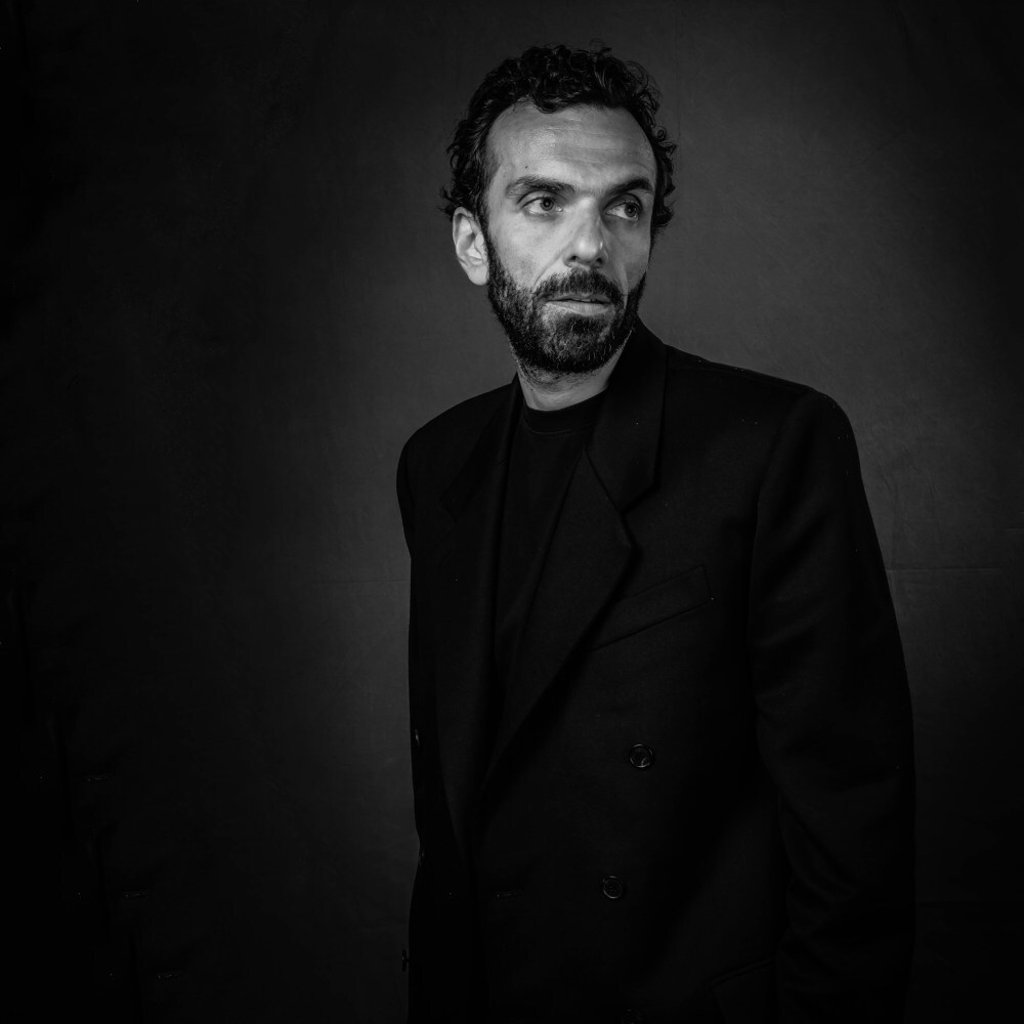Opinion / How luxury brands Gucci, Versace and Mercedes-Benz are engaging LGBT shoppers with genderless designs, Pride campaigns and supporting organisations like The Trevor Project

- Gucci’s gender-fluid MX collection and Daniel Lee’s designs for Bottega Veneta represent long overdue industry progress
- But mainstream brands need to do more than celebrate Pride Month, and work to show a lasting, year-round commitment to the LGBT community
In many of my columns, publications and classes, I have compared luxury with love.
Why does this matter? Because it highlights one of the most important tasks for luxury brands: creating extreme value in the eyes of consumers. A value so extreme and unique, that people compare it with falling in love. This also means that brands need to remind themselves that they are the ones initiating the relationship. As with any romantic involvement, things tends to end fast when one of the partners does not feel valued. Since the luxury brands initiate the relationship through their storytelling, it’s their responsibility to nurture it.

Too many brands, even in the luxury space, have been traditionally transactional, often even arrogant. I remember a much-talked about study published in 2014 even recommending an arrogant approach. The authors argued that the more arrogantly a brand behaves, the more it sells when it comes to luxury. Good luck with that! This may have worked years ago, when the luxury market was less transparent, competition much less, and when consumers had – frankly – lower expectations of brands, because most had a similar go-to-market approach.
In 2021 we are in much different times. And many brands are struggling to keep up with the change. Consumers are what I call super-empowered. They do their homework before they come into the store. And if a brand does not represent their values, they move on to brands that do. In other words, brands need to show their love. They need to take positions. Just looking the other way does not work anymore when consumers expect activism and clarity of values.
